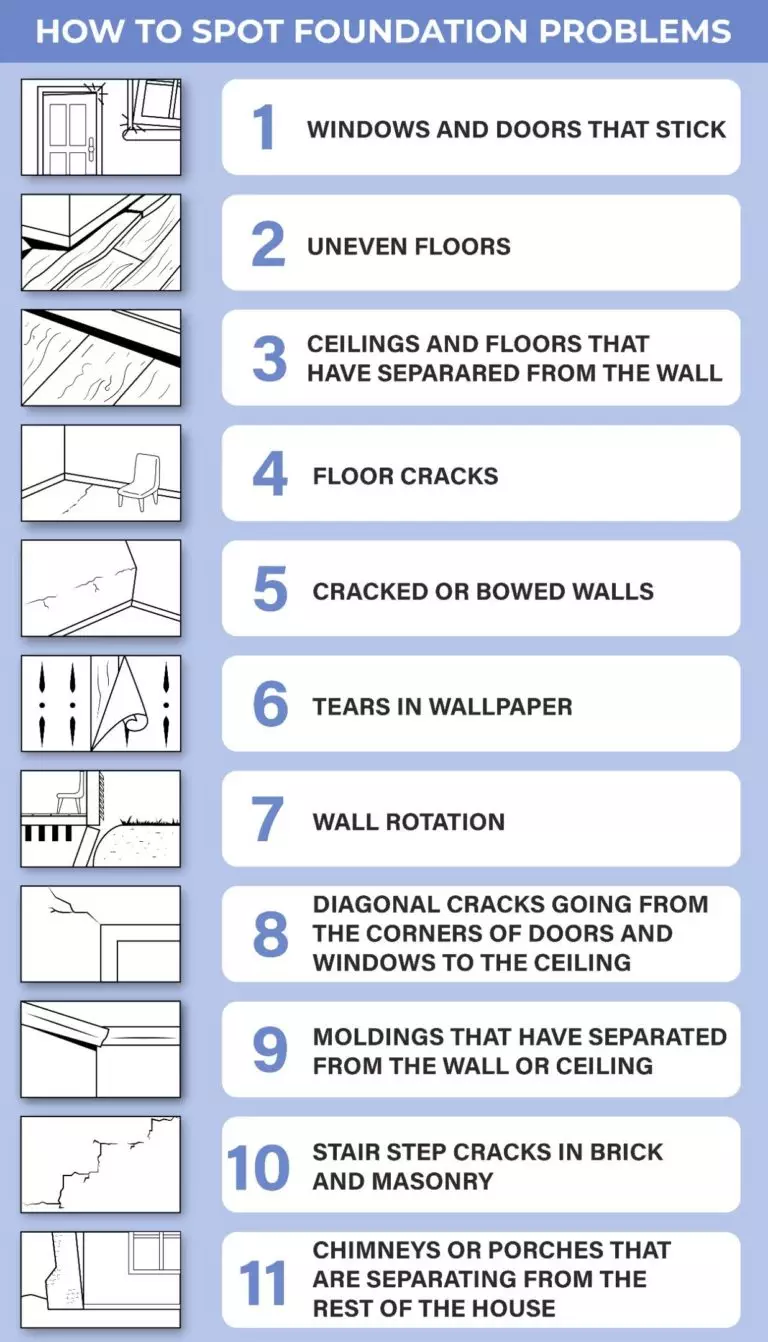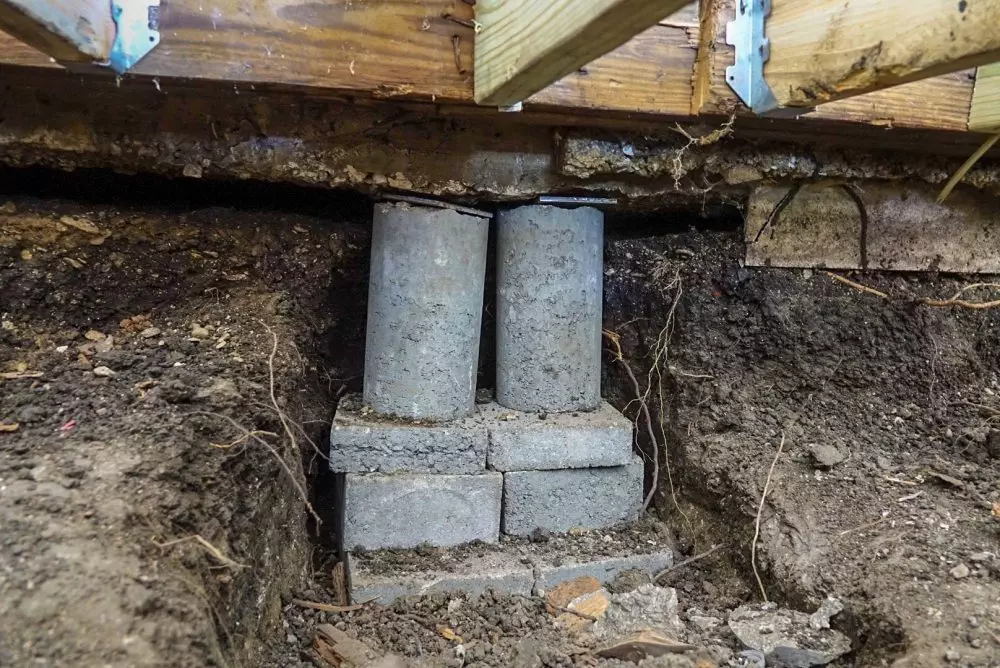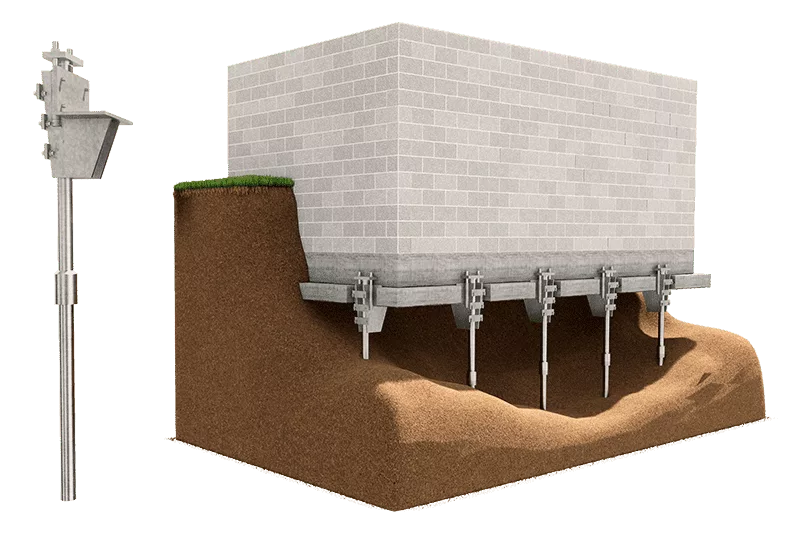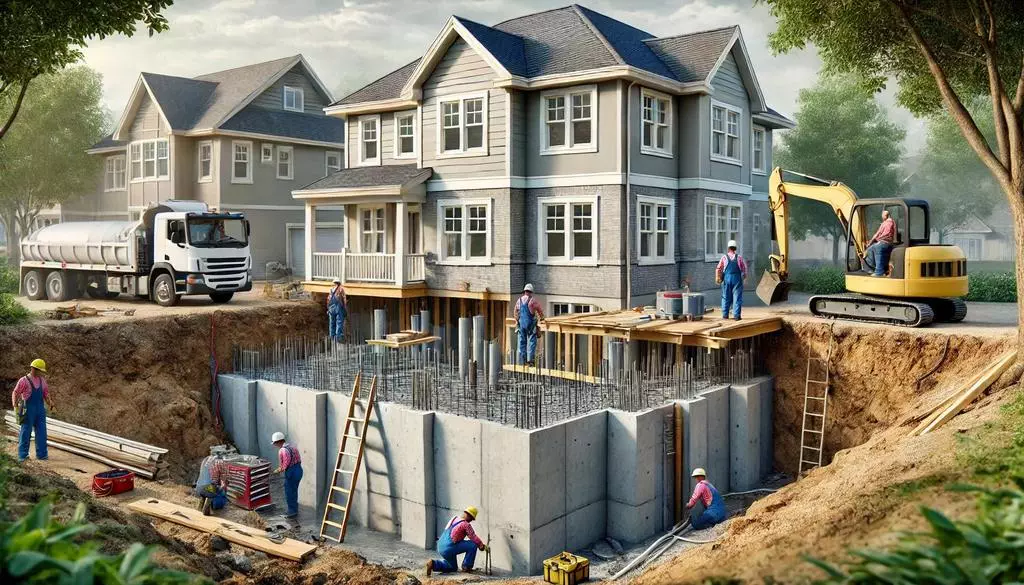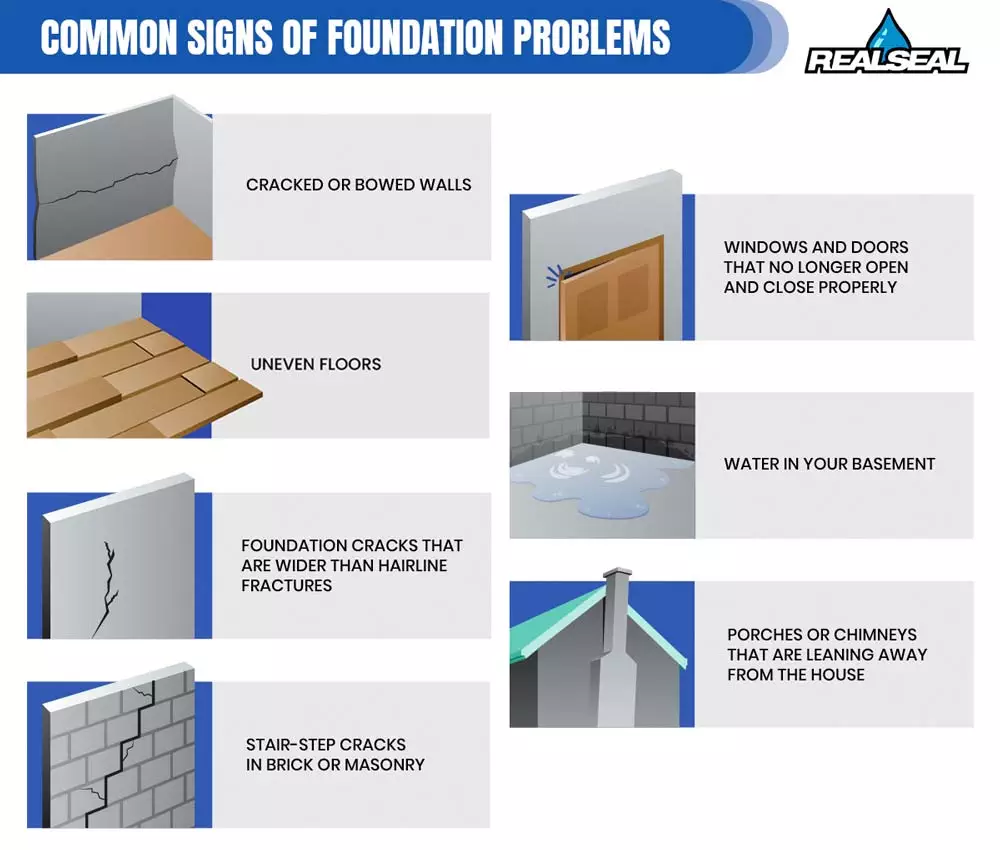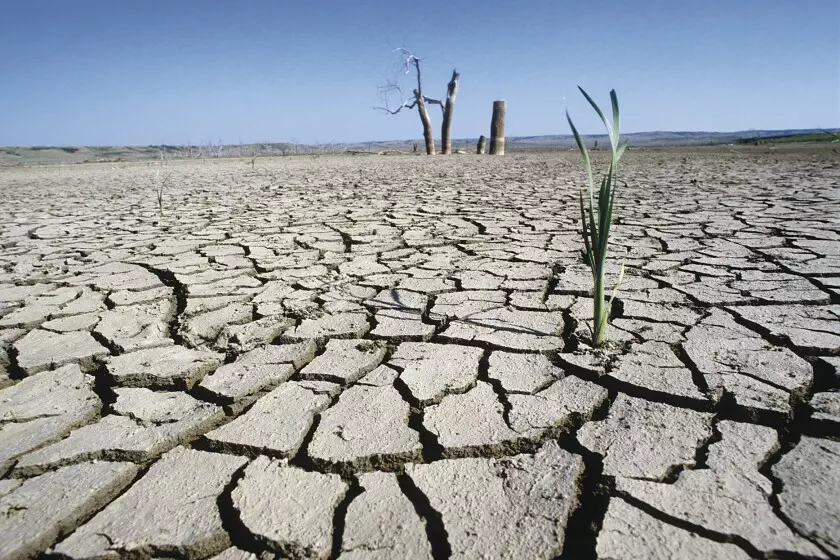
Why Climate Change Impact on Foundations Fails (And How to Avoid It)
Climate change impact on foundations might sound like something you’d only worry about if you wore a hard hat to work. However, it’s more down-to-earth than you think-literally! Imagine your home on shaky ground because heavy rain and soil movement have decided to team up against you. It’s enough to make anyone want to put bricks around their bed for extra support. But don’t stress; you’re not alone, and there’s a lot you can do to keep your foundation stable.
Think about it: how do weather events like storms or flooding affect your home’s structure? It’s not just about a soggy basement. Foundation repair could turn into a full-time job if you don’t understand these weather patterns. But, with a bit of knowledge, you can transform potential disasters into manageable challenges. Exploring ways to prevent foundation damage is not just smart-it’s essential for peace of mind.
Your home deserves to rest on solid ground. Ready to uncover the secrets to avoiding foundation failure? Dive in and discover how to keep your castle-and its foundation-safe from the whims of Mother Nature.
Within the post
The Role of Climate Change Effects on Foundations
When you think about climate change, you might picture melting ice caps or rising sea levels. But have you ever considered the climate change impact on foundations of buildings? This problem is becoming more serious as climate patterns continue to shift. By exploring these effects, you can understand why foundations are failing and what you can do to help.
Understanding Climate Impacts
Temperature changes can be quite impactful for the stability of foundations. When temperatures fluctuate, the materials used in construction expand and contract. This constant movement can weaken the structure of the building over time. So, you need to keep an eye on how these temperature changes might be affecting your home.
Rainfall patterns also play a crucial role. More frequent heavy rains can cause the ground under foundations to become waterlogged. When the water starts accumulating, it can lead to foundation weather effects that weaken the structure. Keeping track of local rainfall patterns can help you identify potential risks.
Adaptation is essential. As our climate continues to change, you must adapt your building methods and materials to withstand these new challenges. By doing so, you can ensure your foundations remain strong and safe.
Foundation Stability Concerns
Now, let’s look at some specific stability issues that arise from weather effects on foundations. These problems can lead to significant damage if not addressed.
Weather Effects on Foundations
Rain and flooding are common culprits of foundation damage. When there’s too much water, the soil can become soft and unstable. This makes it difficult for foundations to support the weight of the building. Therefore, managing rainwater around your property is vital to preventing issues.
On the other hand, heat can cause soil to dry out and shrink. This shrinkage can lead to cracks in your foundation, making it less stable over time. Keeping an eye on soil conditions can help you take action before significant damage occurs.
Soil Movement and Foundations
Soil movement is another concern for foundations. When the soil shifts, it can lead to cracks and other structural damages. You have to consider how soil foundation movement might be impacting your home.
For instance, clay soils tend to expand and contract with moisture changes. This type of soil can cause significant movement issues but knowing this allows you to take preventive measures. By evaluating the movement impact, you can better prepare for any necessary repairs.
Preventing Damage
Strategies to prevent foundation issues include proper drainage systems and foundation waterproofing. These steps can help keep water away from the foundation, reducing the risk of damage.
Proactive measures are critical. Conducting regular inspections and maintenance can save you from costly repairs in the long run. By being proactive, you can ensure your foundations remain in good condition.
Weather Influences and Adaptations
Adapting to weather effects on foundations is necessary for preserving the integrity of your structures. You can implement various adaptations to protect your foundation from the changing climate.
- Insulation improvements: Enhance energy efficiency and reduce temperature impacts.
- Drainage solutions: Prevent water accumulation around foundations.
- Material innovations: Use materials that withstand extreme weather conditions.
Adaptation is essential for the future of building structures. By embracing these changes, you can ensure your home remains safe and secure despite the shifting climate.
Foundation Repair and Climate
Addressing Repair Needs
When it comes to foundation repair, recognizing the urgency is crucial. Ignoring small issues can lead to more significant problems over time. Therefore, paying attention to warning signs can help you address repair needs promptly.
Using sustainable techniques can also make a big difference. By choosing environmentally-friendly repair methods, you contribute to the overall health of the planet while maintaining the integrity of your foundations.
Implementing Repair Solutions
Choosing climate-appropriate methods is vital for successful repairs. You need to consider the local climate and soil conditions when selecting repair techniques. This approach ensures the repairs are effective and long-lasting.
Evaluating repair effectiveness is also important. After completing the repairs, you should monitor the foundation to ensure the solutions are working. By doing so, you can make any necessary adjustments to maintain stability.
Long-term Repair Strategies
Long-term strategies involve planning for lasting solutions rather than quick fixes. This approach requires considering factors like local climate patterns, soil conditions, and future weather events. By planning strategically, you ensure your home remains stable and secure.
Planning for Future Foundations
Looking ahead, you have to plan for changing climate conditions. Preparing your foundations for the future is essential in ensuring they remain strong and resilient.
Design Innovations
When considering design innovations, you can explore various foundation design changes that enhance resilience. These changes might include using materials better suited for shifting climate conditions or incorporating technology to improve structural stability.
Flexible materials are also worth considering. They can adapt to changes in temperature and moisture levels, reducing the risk of damage. By embracing innovation, you prepare your home for the challenges of a changing climate.
Building Regulation Updates
Stricter regulations are being put in place to ensure buildings are more resilient. Understanding these updates can help you comply with new standards and protect your home from potential damage.
Community Awareness
Raising awareness about foundation risks is important. By sharing information with others, you help them understand the importance of maintaining their foundations.
Promoting shared solutions can also be beneficial. Working together with your community to address common foundation concerns can lead to better outcomes for everyone.
Encouraging community dialogue is equally essential. By discussing foundation risks and solutions, you foster a collaborative approach to addressing climate change impacts on structures.
Practical Steps for Prevention
Inspection Importance
Regular inspections are crucial in preventing damage. By routinely checking your foundation, you can identify and address issues early, saving you from more severe damage later on.
Maintenance Practices
Implementing essential maintenance routines is vital in maintaining the integrity of your foundation. These routines might include ensuring proper drainage, managing vegetation around your home, and keeping the foundation clean.
By focusing on maintenance, you create a proactive approach to ensuring your home’s stability, reducing the risk of damage from climate change impacts on foundations.
Strengthening Foundations for the Future
Understanding weather effects on foundations can help you protect your home from potential damage. By being aware of soil movement and foundation stability issues, you can take proactive steps to prevent costly repairs. With a bit of knowledge, you can ensure your home remains safe and secure, even as weather patterns shift.
Start by inspecting your foundation regularly for any signs of damage. Look for cracks, uneven floors, or doors that won’t close properly. If you notice these, consult a professional to assess the situation. Additionally, consider improving drainage around your property to manage surface water more effectively and reduce erosion risks.
Take action today to safeguard your home against future challenges. Being proactive now can save you time and money later. Begin your inspection or consult an expert to keep your foundation strong. Your efforts today set the stage for a stable tomorrow.
